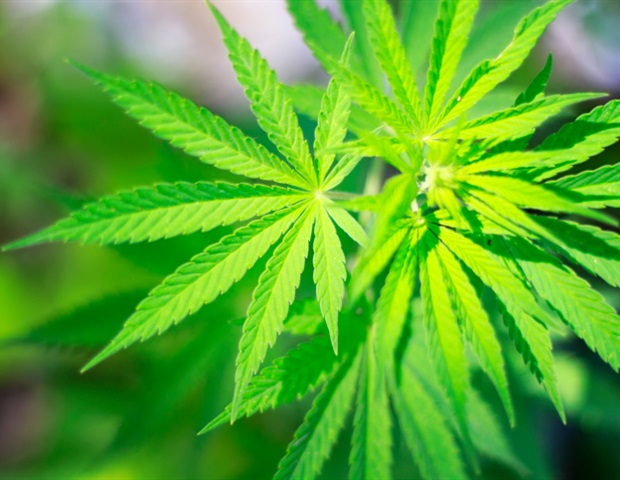Many countries around the world are considering revising cannabis policies. A new study by a researcher at Carnegie Mellon University assessed cannabis use in the United States between 1979 and 2022, finding that a growing share of cannabis consumers report daily or near-daily use and that their numbers now exceed those of daily and near-daily alcohol drinkers. The study concludes that long-term trends in cannabis use parallel corresponding changes in policy over the same period.
The study appears in Addiction . "The data come from survey self-reports, but the enormous changes in rates of self-reported cannabis use, particularly of daily or near-daily use, suggest that changes in actual use have been considerable," says Jonathan P. Caulkins, professor of operations research and public policy at Carnegie Mellon's Heinz College, who conducted the study.

"It is striking that high-frequency cannabis use is now more commonly reported than is high-frequency drinking." Although prior research has compared cannabis-related and alcohol-related outcomes before and after state-level policy changes to changes over the same period in states without policy change, this study examined long-term trends for the United States as a whole. Caulkins looked at days of use, not just prevalence, and drew comparisons with alcohol, but did not attempt to identify causal effects.
The study used data from the U.S. National Survey on Drug Use and Health (and its predecessor, the National Household Survey.
















